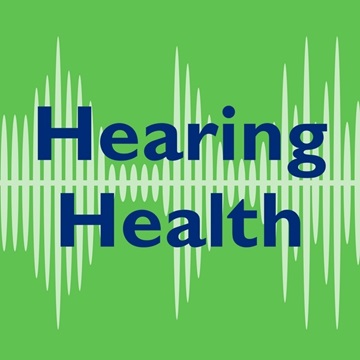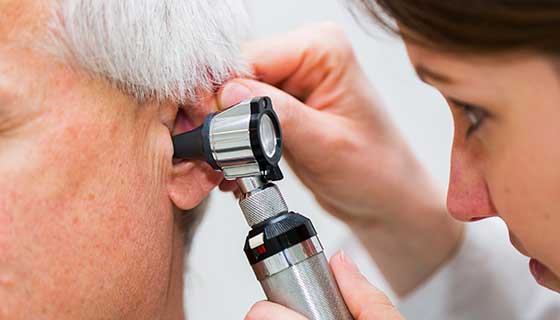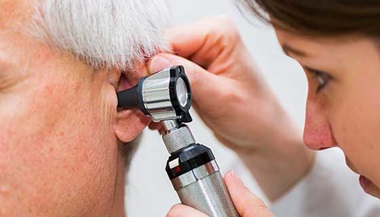Caring for Your Hearing Aid

Proper care and cleaning of your hearing aid will help it work properly and can help avoid the need for repeated repairs. Hearing aids come in many different shapes and forms. On every model, there are three places that need regular care:
-
The shell
-
The microphone
-
The receiver
The Shell
The shell is the outer surface of the hearing aid. Wax or debris on the shell of a hearing aid can affect proper fit, cause discomfort in the ear or affect the movement of working parts such as the volume control.
For in-the-ear (ITE) varieties, wax is most likely going to build up in the bent areas of the shell. Hearing aids that fit behind the ear can accumulate dirt and oils in any groove or seam.
Tips for Cleaning the Shell
-
Never use a dripping wet cloth or any chemical cleaners on your hearing aid.
-
Slightly dampen the tissue or cloth for more stubborn wax buildup.
-
For particularly difficult buildup, try using the brush included with your hearing aid.
The Microphone
The microphone is one of the most delicate parts of your hearing aid, so you should clean it with special care.
Tips for Cleaning the Microphone
-
Never poke anything into the microphone port.
-
When cleaning the microphone, turn your hearing aid upside down so the microphone port faces the floor. That way, any loose debris will fall out of the microphone and not into it.
-
Using the brush provided with your hearing aid, gently brush across the microphone port to sweep away any debris.
The Receiver
Second only to a dead battery, wax buildup in the receiver is the most common cause of hearing aid failure. The receiver is the hole that directs the sound from the speaker of the hearing aid to your ear. Daily cleaning with the brush will help prevent most buildup. Further cleaning may be necessary if wax blocks the receiver.
Tips for Cleaning the Receiver
-
Always be gentle while cleaning out the receiver — too much force may damage it.
-
Use the wax pick (small wire loop) provided with your hearing aid. Insert the pick into the opening until you meet resistance, then scoop back out. Repeat until the opening is free of wax.
-
Some hearing aid styles may have other wax prevention systems for the receiver, such as a wax guard or wax filter (cerustop). Your audiologist can suggest the best way to clean these special systems.
-
If you have any questions or need further assistance, ask your audiologist, who can review hearing aid cleaning methods with you.





